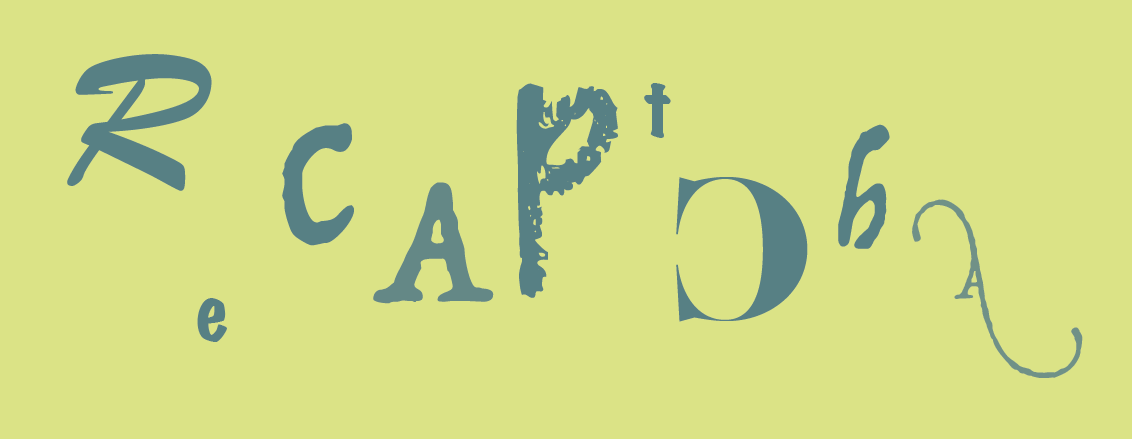
You know the small boxes at the bottom of your screen rudely asking if you’re not a robot when you’re just trying to buy a pair of jeans, reset your email password or log into your bank account? They make you type a seemingly random mixture of distorted letters and boom you’re cleared, not a robot. Close one. These boxes are called CAPTCHAs and they’re playing a strong role in the digital world.
The creator of Duolingo, a popular language learning app, Luis Von Ahn saw an opportunity in them. CAPTCHAs are not just there to prevent a robot takeover. They’re helping translate and transcribe text that computers cannot yet recognize. This is the result of Von Ahn’s brain child reCAPTCHA. With reCAPTCHA a user is given two distorted words in verification. This test isn’t just verifying your humanity; in the 10 seconds you took to enter those letters you’re helping digitize a text.
Here’s how it works: The Internet Archive is home to over 200,000 scanned copies of books. Computers cannot always recognize the text of these books and that’s where humans come in. Although computers are rapidly advancing, there are still things they cannot yet do, like recognize sloppy hand writing, faded or fancy text. Here comes reCaptcha. The first word is an automated test (the computer knows the answer) but the second word usually comes from an old book or article that the computer cannot read. If the user gets the first box correct, the system assumes the second one is correct as well. The software gathers answers from multiple users around the world, cross checks them for accuracy and then bam—you just helped digitize a text.
ReCAPTCHA is in the works daily on a tremendous scale. Digitizing things like Google Books, Kindle, and the New York Times archives. The program translates over 150 million unidentifiable words per day with barely any human effort. ReCAPTCHA harnesses the smallest amount of time and energy from people all around the world free of cost, and makes the results crazy useful.
Check out Luis Von Ahn’s TED talk on reCAPTCHA and Duolingo below
